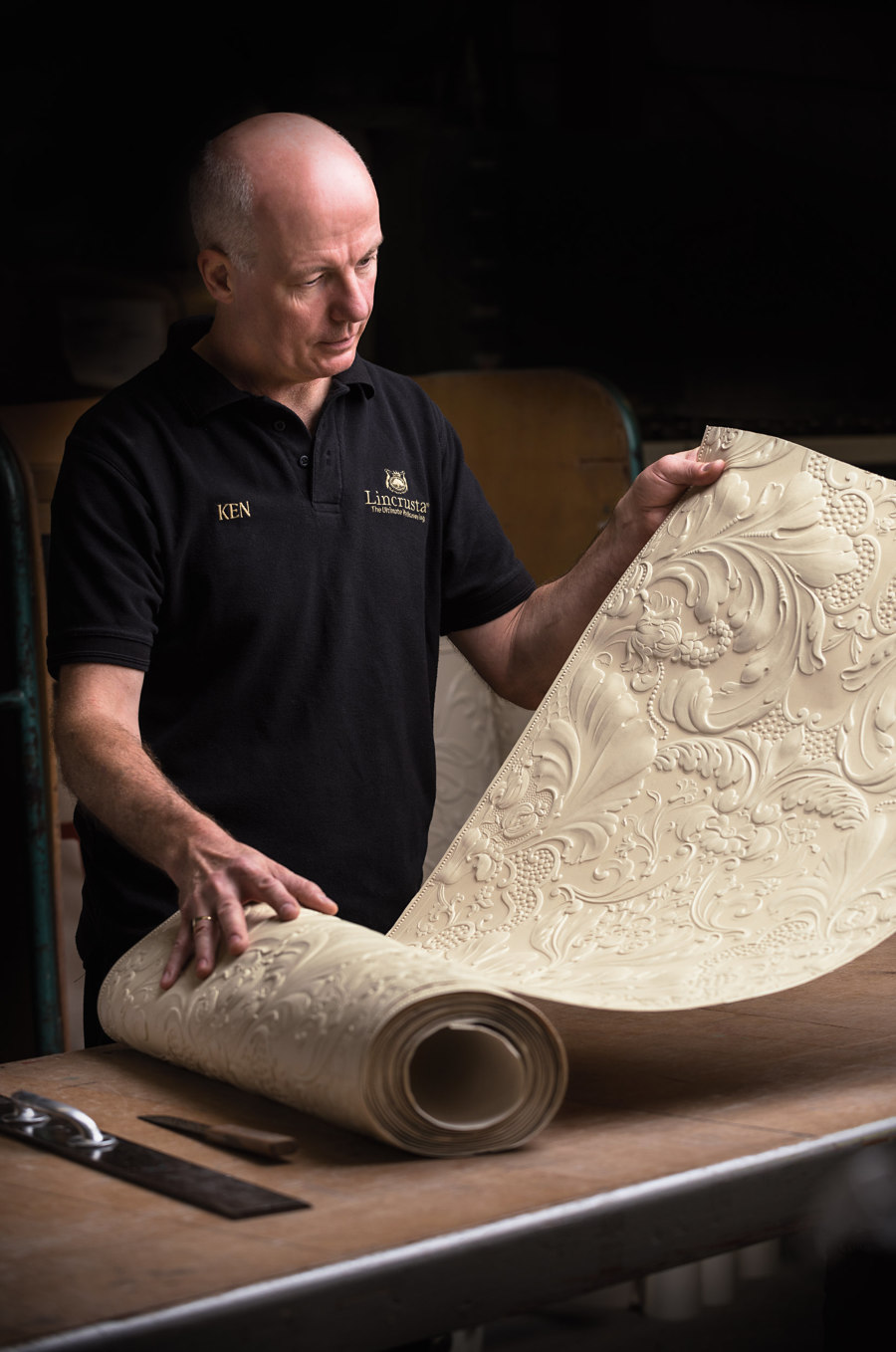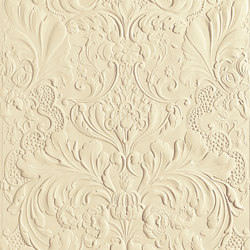Lincrusta: a sense of history
Historia de la marca de Emma Moore
Lancaster, Reino Unido
28.04.22
Iconic British brand Lincrusta's embossed wall and surface coverings lend a luxurious feel to interiors as well as boasting substantial credentials when it comes to sustainability.
Over the years, Lincrusta’s decorative wall coverings have been used in stately institutions around the world and are now popular in hospitality venues where they bring a hint of grandeur and history

Over the years, Lincrusta’s decorative wall coverings have been used in stately institutions around the world and are now popular in hospitality venues where they bring a hint of grandeur and history
×A hit around the world
Lincrusta, the 145-year-old embossed wall covering brand, is attracting fresh interest in this new age of tactility. Based around a product invention that transformed the decoration of stately houses and institutions, the flexible textural panels were the brainwave of Frederick Walton, who had previously invented Linoleum. It is made, today as then, from linseed oil, mixed to a paste and pressed between steel rollers, one side of which carries an embossing pattern.
The invention was originally hailed for its ability to replace more time-consuming, less hardy and expensive relief made through plaster moulding. Originally named Linoleum Muralis, the brand Walton founded in Sunbury-on-Thames in 1877 to produce the covering, had opened a factory in France by 1880 and in Connecticut, USA, by 1883. It lined walls in palaces, in the White House and on the Titanic and has featured in films such as the 2012 version of Anna Karenina and Tomorrowland starring George Clooney.
Steel rollers are used to apply the embossed patterns to Lincrusta’s surfaces. Many of the original designs endure today

Steel rollers are used to apply the embossed patterns to Lincrusta’s surfaces. Many of the original designs endure today
×Enduring recipe for success
Its turbo-powered success internationally was thanks to a number of factors: it was fashionably textural, bringing stately sculptural pattern to walls; it was made from natural resources; it was inherently waterproof – it could be washed with soap and water – and was therefore hygienic, which earned it a gold medal at the London’s International Health Exposition in 1884; it was customisable – applied in its natural state, it could then be developed decoratively using paint effects. Finally, it was durable – some might say indestructible; during the second world war, British Architect, ASG Butler effectively labelled it bomb-proof.
The business moved from Surrey to Lancashire in 1918, but the recipe and manufacturing processes have changed very little since the brand’s beginnings in the late 19th century

The business moved from Surrey to Lancashire in 1918, but the recipe and manufacturing processes have changed very little since the brand’s beginnings in the late 19th century
×This, remarkably, reads like a checklist of the essential sustainable and salubrious credentials product requires to succeed today. Still an all-natural wall covering made to almost the identical recipe – now in Morecambe, Lancashire – it is effortlessly environmental and with the potential for customisation, it readily blends into contemporary interiors.
© Architonic






